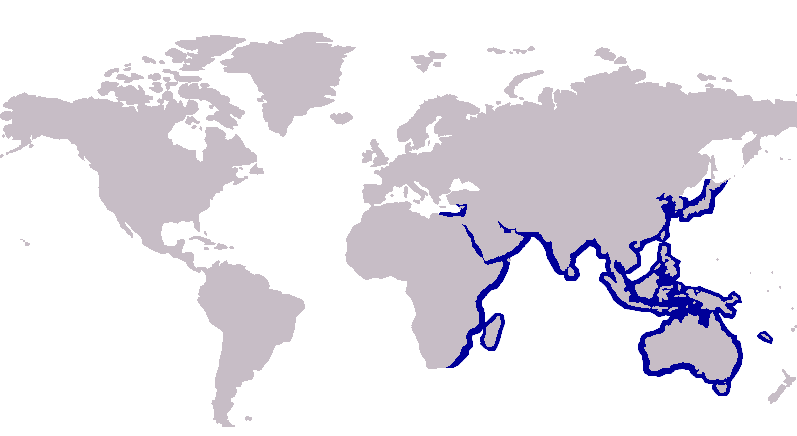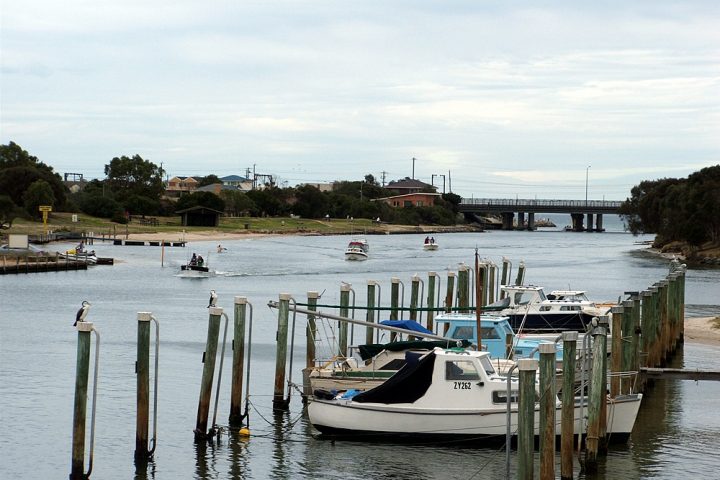Whiting and associated species are a true world fish species. Fish from the Sillaginidae family are very commonly caught throughout coastal regions of Japan, South Korea, China, the Philippines, New Caledonia, Papua New Guinea, Australia, Indonesia, Singapore, Vietnam, Cambodia, Thailand, Myanmar (Burma), Bangladesh, India, Pakistan, Iran, Iraq, Kuwait, Saudi Arabia, The UAE, Yemen, Somalia, Eritrea, Sudan, Egypt, Israel, Lebanon, Syria and Turkey.
While they are not all the same species, they do all come from the family Sillaginidae, and local names are either Sillago or Whiting. Regardless the species of Sillaginidae, they all exhibit the same characteristics in terms of angling style, and popularity for their taste when cooked.
For the purposes of this article, prepared in Australia, we will use the local name “Whiting”. Here we will detail where to find whiting, and also the techniques required to catch them recreationally. Whiting behaviour is one of the harder traits among fish to understand due to the fact that their behaviour varies significantly depending on the environments that they reside in. For example, in urbanised that has waterways criss-crossing all over the place, the adult whiting often select to hunt for prey in the waterways that are rarely disturbed by humans and this obviously depends on the popularity of the fishing spot regardless of the time that you are fishing.

Thus, trying to catch a Whiting in places that are crowded can become intensely frustrating. On the other hand in places where there is less human activity and have deeper water levels whiting are constantly feeding from morning to dawn, which makes the best time to fish for these delicious favourites in the morning or in the evening when they are actively feeding. Although the Whiting are usually caught in warm seasons, on occasions they are caught during the colder seasons, however during cooler seasons their preferred habitats are further downstream in estuaries.
When it gets warmer the Whiting starts shifting positions and eventually they are found throughout not only the estuaries but around bays and inlets. However, younger whiting are easier to catch as they do not avoid human activity as much as older whiting. Another factor that one needs to know when fishing for whiting is the fact that waters with proximity to sandbanks are often targeted by Whiting that are on the hunt during rising tides and this is because as water covers sand that was previously drying, bass yabbies, shrimp, crayfish, young crabs as well as sand-worms move upward towards the water as they look for food. The whiting which are well aware of this routine take these habits as an opportunity to find easy and consistent food.
Catching Whiting Using Fishing Lures
In most circumstances, the Whiting can also be caught using fishing lures, provided the lures bear a resemblance to what is on their regular diet. The fact that the usually bottom feeding Whiting is also known for spending its time looking for shrimp higher up in the water column when they are actually willing to risk a lure allows anglers to use hard body lures provided the target is closer to the water’s surface. However, the best types of lures for the Whiting are those that are small and white in colour and closer to being semi transparent or luminous as soft plastic lures that resemble shrimps are proven to be effective towards catching the Whiting.
Alternatively lures that are small and pearl coloured moulded to look like worms could also do the trick. The trick is to bounce the lures steadily along the river bed prior to being hoisted up right into the water column repeatedly to mimic a shrimps movements, however do not let the soft plastic lures rise more than 2 feet from the substrate in order to entice the Whiting into attack mode. Most seasoned anglers recommend basic coloured lures that are predominantly white or pink and transparent (combinations of these two colours are even better).

